‘This town has Roman ruins, a lovely church, a pebbly beach and one of Italy’s most beautiful walks’
The tiny towns of the Amalfi Coast are a delight and a reminder that you don’t have to go far to lose the crowds.
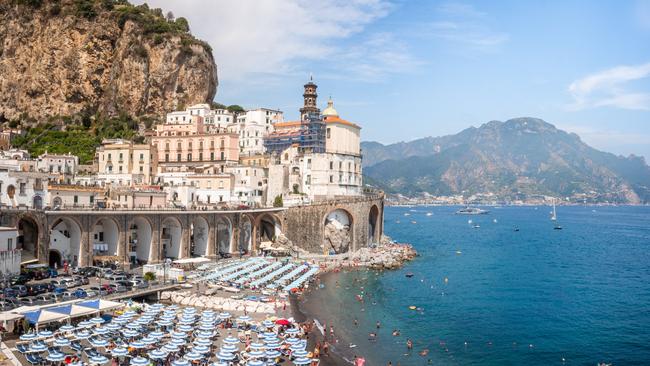
‘It’s too crowded. Don’t do it.’’ My young adult son is peering into the belly of the beast and looking back at me with growing alarm because he knows what I’m about to do. I’ve seen enough locals and tourists break every rule of etiquette to cram onto one of these public buses that crawl Italy’s Amalfi Coast. I’ve been elbowed and shoved, and watched unabashed queue jumpers catapult from the back of the line to the front. I’ve learnt from the best. And so, like an impatient midwife at the end of a double shift, I roar “Push!” With a sheepish apology and a giant heave that rocks the bus, we’re on, seconds before the doors squeeze shut. No one reacts. This is the reality of travelling on the Sita bus network that connects the 13 main towns of one of the most visited coastlines in the world.
Our accommodation host had warned us. “Take the ferry if you want to visit Positano,’’ he said. “Do not take the bus.’’ Too risky, too slow, too vulnerable to traffic jams caused by timid tourists trying to back up their rental cars to accommodate oncoming buses on the scenic but slightly terrifying Amalfi Drive. “Do not try to walk on the road,’’ our host continued. We understood why as we watched ashen-faced travellers pancake themselves against roadside barriers as buses and trucks brushed by.
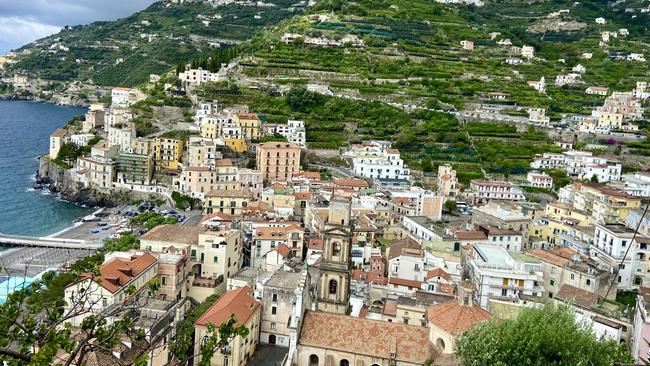
Our host was correct, the ferry is the best way to see this dreamy coastline known for its turquoise waters, hidden coves and colourful cliffside villages, but it’s also prone to weather disruption and long queues in hot sun. And the truth is – it seems heresy to admit this – we couldn’t get out of Positano quickly enough. Aside from influencers looking for their perfect Insta post, I couldn’t work out what everyone else was doing here tripping over each other in the streets and jostling for space on a 45-euro-a-head private beach.
Overtourism was the buzzword of the European summer and it was all too evident in this undeniably pretty town, where visitors with their lemon-printed frocks and hats, balancing towers of sorbet in hollowed out lemons, flowed through the streets like lava. This was late May, just outside the high season proper, and the 90 minutes spent swaying and jerking on the standing-room-only bus ride 20km back to our safe haven of Minori seemed a small price to pay. The laid-back former fishing hamlet of Minori, kissed by the scent of tens of thousands of lemon trees terraced up and down its hillsides, is a world away from the cram of Positano.
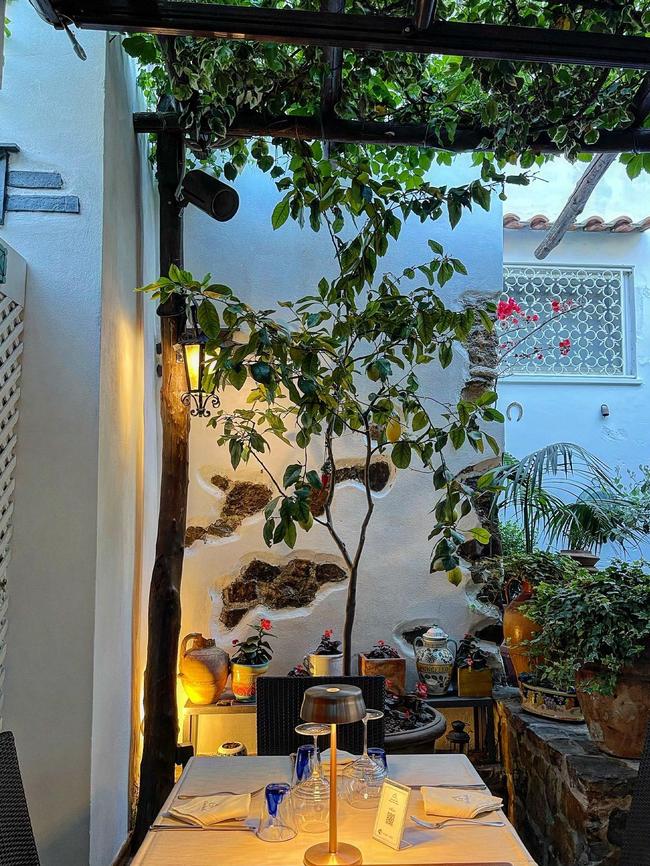
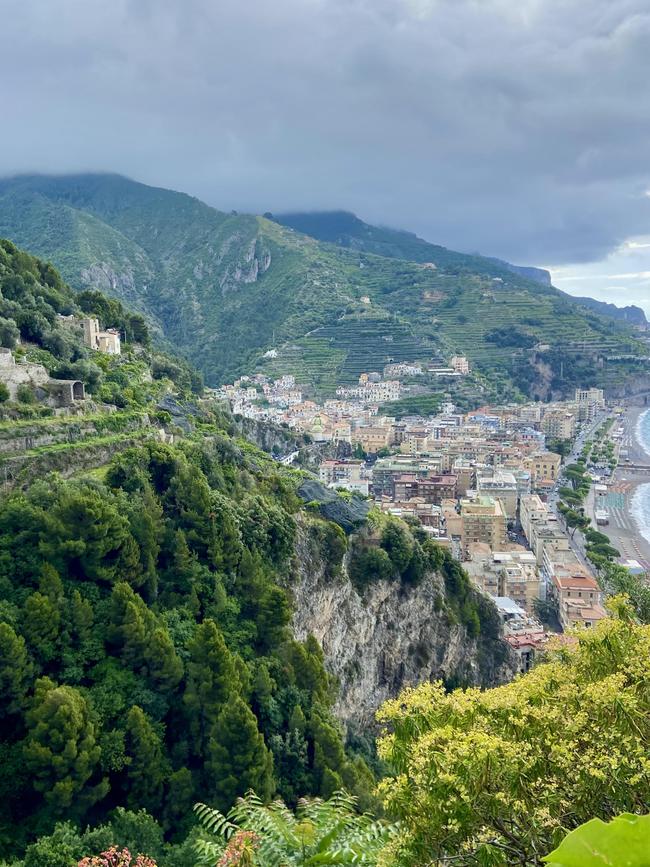
Nestled at the foot of the romantic clifftop village of Ravello, it is only 4km from the tourist hub of of Amalfi but here visitors – couples mostly – stroll the streets among locals who still live and work and gather for the evening passeggiata, just as they have for generations.
It doesn’t have the glitzy boutiques of the bigger resort towns and they take their afternoon riposo seriously in Minori, with many places closing for siesta from midday. But it has a great restaurant scene, known for its scialatielli “unkempt hair” pasta with rich seafood sauce; ndunderi, a pillowy ricotta gnocchi; and the sweet, juicy lemons that are sold everywhere and eaten like oranges by the locals.
The one place that visitors here are likely to encounter anything approaching a crowd is down by the seafront at Pasticceria Sal De Riso, one of Italy’s most famous pastry shops where celebrity chef De Riso’s delizia al limone(cream and custard-filled lemon mini sponge cakes) drew a nod from Stanley Tucci who visited for his eponymous television series.
It’s worth a visit, if only to ogle at the impressive array of sweet creations, but we gravitate to Pasticceria Gambardella for a morning cornetto and coffee while standing shoulder to shoulder with locals at the bar, Italian style.
In the evenings we wander a few doors down to the romantically lamp-lit Ristorante Giardinello for the pizza and handmade pasta, and a useful introduction from the helpful waitstaff to wines of the Amalfi Coast and nearby Vesuvio.
The town revels in its low-key status and makes no big promises. It’s not quite as stunning as Positano, doesn’t boast the views of Ravello and doesn’t have a cathedral to rival Amalfi’s St Andrew’s. But Minori has small Roman ruins, a lovely church and a pleasant pebbly beach and promenade. It also boasts one of Italy’s most beautiful walks, the ancientSentiero dei Limoni (“The path of the lemons”), an old donkey route stepped up and down the citrus groves connecting Minori to Maiori. This is another unheralded Amalfi town with the coast’s longest beach, a pedestrianised main street and narrow cobbled alleys where the clip-clop of donkeys can be heard.
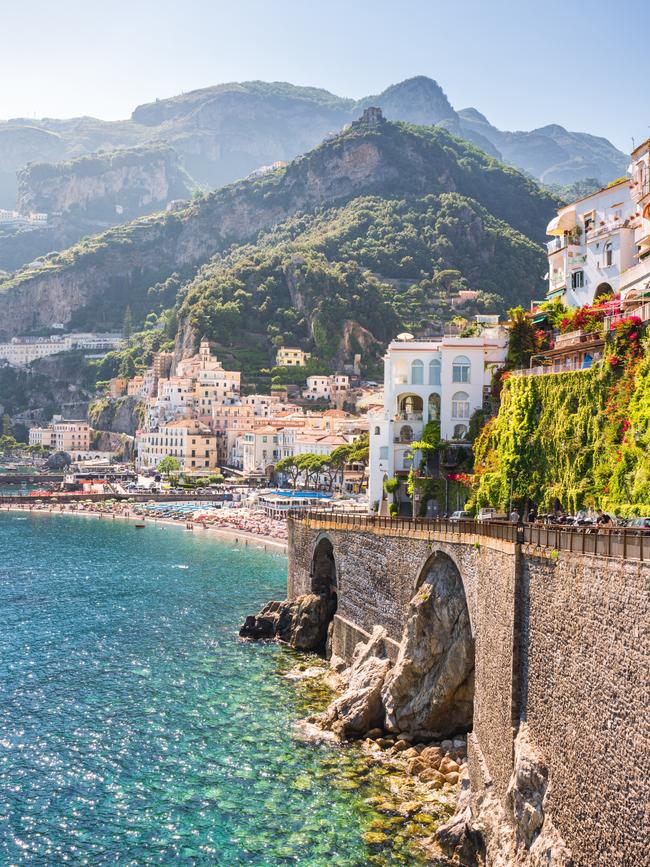
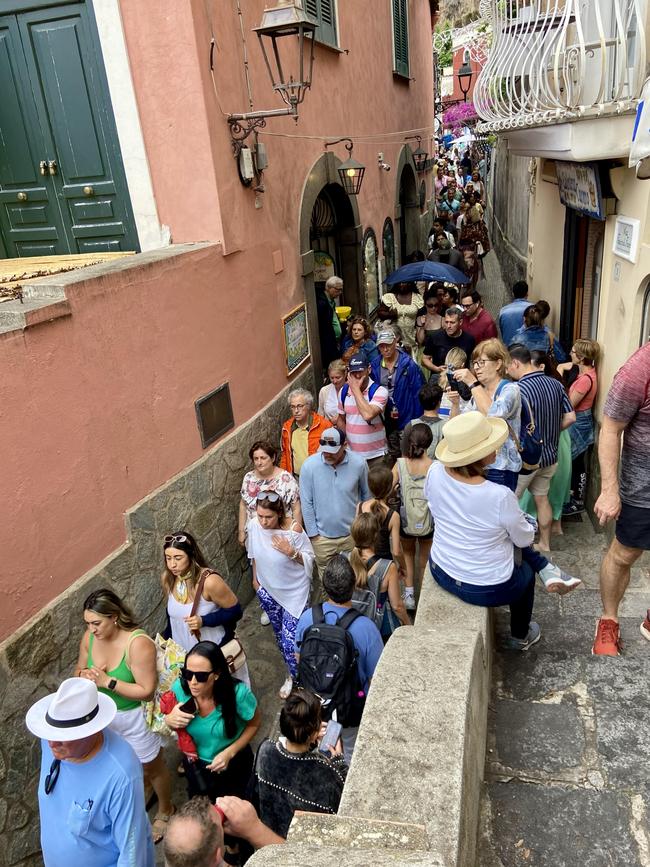
The tiny towns of the Amalfi Coast are a delight and a reminder that you don’t have to go far to lose the crowds. We walked the pedestrian tunnel from the heaving Amalfi to the picture perfect medieval village of Atrani for sundowners in its enchanting piazza. We hopped on a ferry to Cetara, a traditional fishing town known for its fresh anchovy and tuna dishes in the fine local restaurants where few locals spoke English. Other travellers told us they escaped the crowds at Praiano near Positano and the ceramic village of Vietri Sur Mer, near Salerno.
It provided a useful template for the rest of our month-long travels in Italy: search up the hotspots and head straight to the town or suburb nearby. In Rome, that meant Testaccio instead of Trastevere; in Naples the gritty Rione Sanita area instead of Centro Storico; in the Gulf of Naples, the idyllic island of Ischia over Capri; in Puglia, Cisternino and Martina Franca rather than Ostuni or Alberobello; in Sicily, anywhere but Taormina.
Smaller crowds, authentic towns, genuine contact with locals… lessons learnt from the mistake of Positano were worth it in the end.
Checklist
Getting there: Minori is an hour’s drive from Naples or three hours from Rome. Take the fast train from either city to Salerno, with a 45-minute ferry connection to Minori. Beware seasonal limitations on rental cars using Amalfi Drive and note this is not a road for timid drivers. There are regular buses along the coast but they don’t stop when full, which is often.
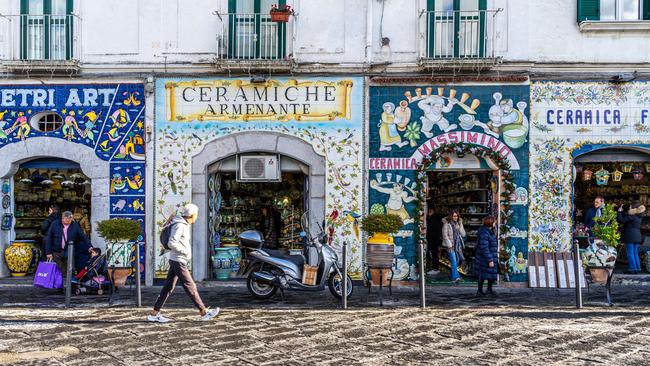
Stay: Hotel Minori Palace (minoripalace.com) in the heart of town gets a good rap but many visitors choose holiday apartments. We rented a fully-serviced and recently renovated apartment from a local family (approx $300 per night for three people). The highlight is a big furnished outdoor terrace with views up to Ravello. costadamalfiapartments.com/en
Do: Walk the Sentiero dei Limoni, a 3.5km up-and-down scenic path through the groves to Maiori, stopping for lemon tastings (did anyone say Limoncello?) along the way. Maiori has a good beach, fine churches and variety of restaurants and cafes. The more adventurous can walk the footpath from Minori up to Ravello (or take a bus up there from Amalfi, and do the walk down).
Eat: Ristorante Giardiniello was so good, the staff so helpful, we went twice. Must try the gnocchi and stay for the complimentary Limoncello. Sal De Riso patisserie is justifiably famous but the pastries and gelato at Pasticceria Gambardella are also good.


To join the conversation, please log in. Don't have an account? Register
Join the conversation, you are commenting as Logout